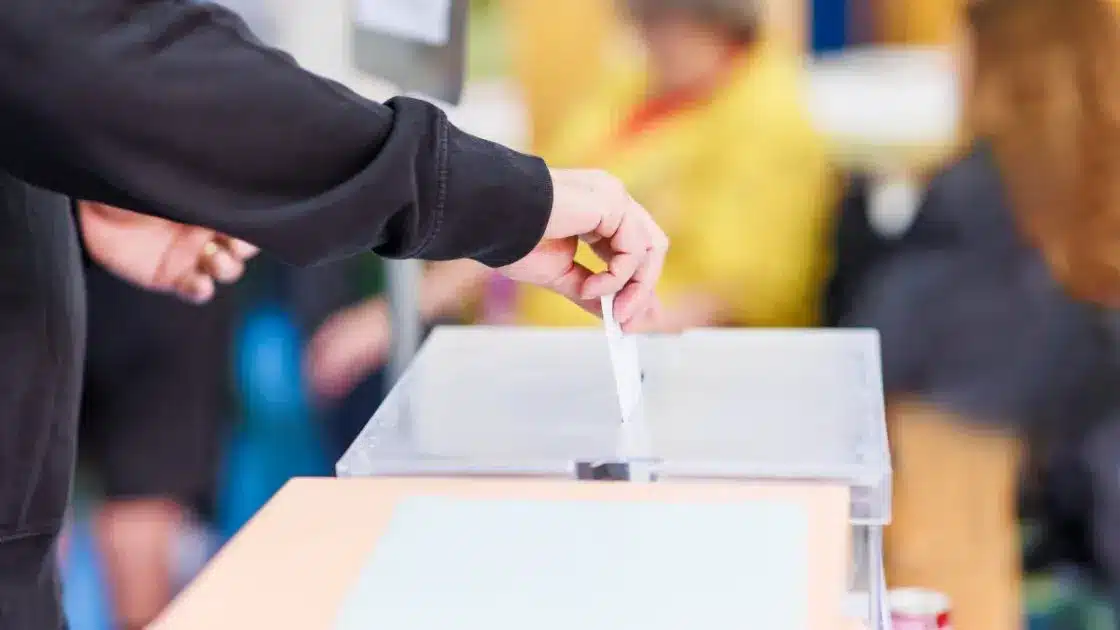About Proportional Representation:
- The Proportional Representation (PR) system ensures representation of all parties based on their vote share.
- The most commonly used PR system is the ‘party list PR’ where voters vote for the party (and not individual candidates) and then the parties get seats in proportion to their vote share.
First Past the Post System:
- India currently uses the First Past the Post (FPTP) system, where the candidate with the most votes in a constituency wins.
- The FPTP system is simple and provides stability to the executive, but it can lead to unrepresentative governments.
Mixed Member Proportional Representation (MMPR):
- To balance stability and proportionate representation, the Mixed Member Proportional Representation (MMPR) system can be considered.
Under MMPR, there is one candidate elected through FPTP from each territorial constituency, and additional seats are allocated to parties proportionally based on their vote share.
Q1. What is the strength of the Rajya Sabha?
The Rajya Sabha should consist of not more than 250 members – 238 members representing the States and Union Territories, and 12 members nominated by the President. The Rajya Sabha currently has 245 members, including 233 elected members and 12 nominated.
Source: Is it time for proportional representation? | Explained
Last updated on November, 2025
→ Check out the latest UPSC Syllabus 2026 here.
→ Join Vajiram & Ravi’s Interview Guidance Programme for expert help to crack your final UPSC stage.
→ UPSC Mains Result 2025 is now out.
→ UPSC Notification 2026 is scheduled to be released on January 14, 2026.
→ UPSC Calendar 2026 is released on 15th May, 2025.
→ The UPSC Vacancy 2025 were released 1129, out of which 979 were for UPSC CSE and remaining 150 are for UPSC IFoS.
→ UPSC Prelims 2026 will be conducted on 24th May, 2026 & UPSC Mains 2026 will be conducted on 21st August 2026.
→ The UPSC Selection Process is of 3 stages-Prelims, Mains and Interview.
→ UPSC Result 2024 is released with latest UPSC Marksheet 2024. Check Now!
→ UPSC Prelims Result 2025 is out now for the CSE held on 25 May 2025.
→ UPSC Toppers List 2024 is released now. Shakti Dubey is UPSC AIR 1 2024 Topper.
→ UPSC Prelims Question Paper 2025 and Unofficial Prelims Answer Key 2025 are available now.
→ UPSC Mains Question Paper 2025 is out for Essay, GS 1, 2, 3 & GS 4.
→ UPSC Mains Indian Language Question Paper 2025 is now out.
→ UPSC Mains Optional Question Paper 2025 is now out.
→ Also check Best IAS Coaching in Delhi

















